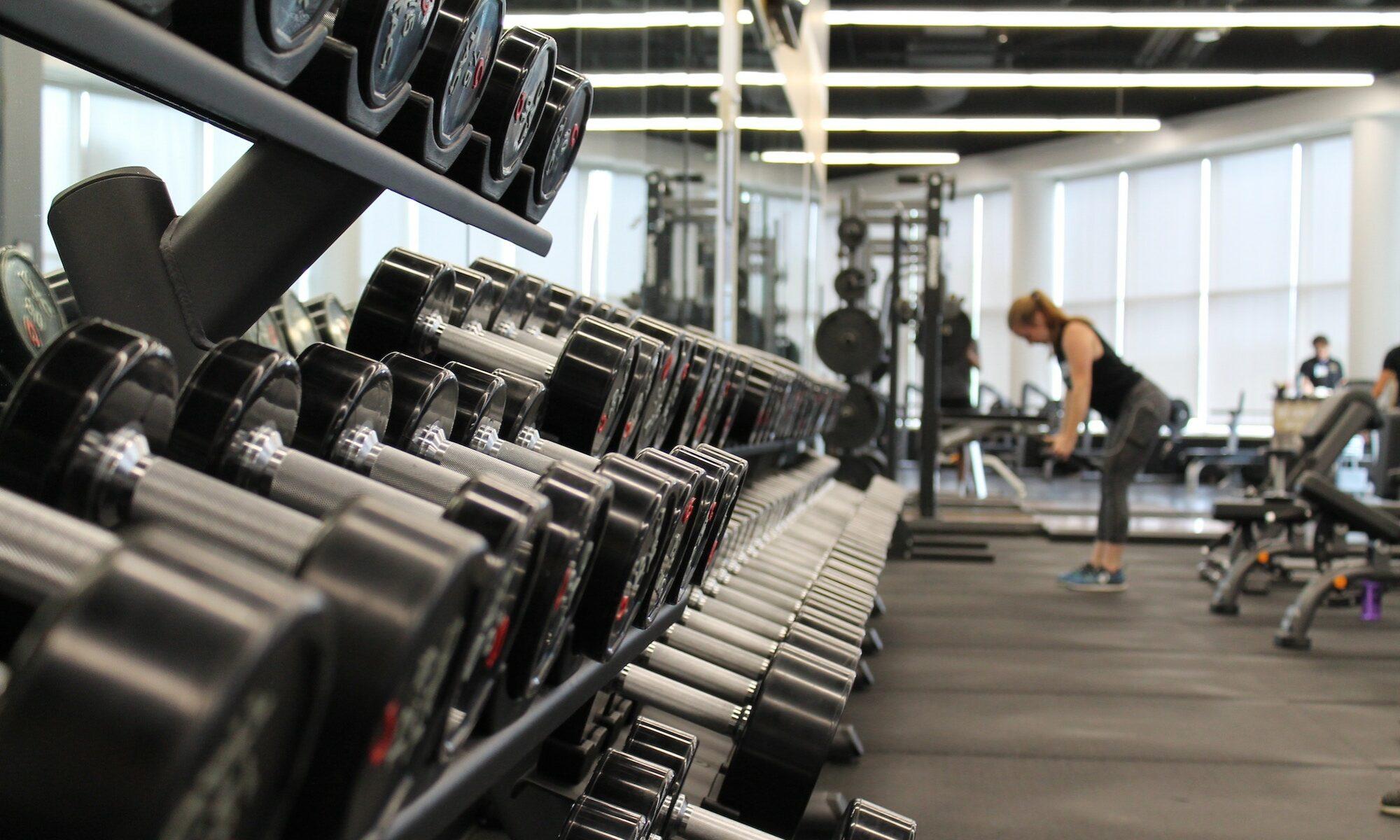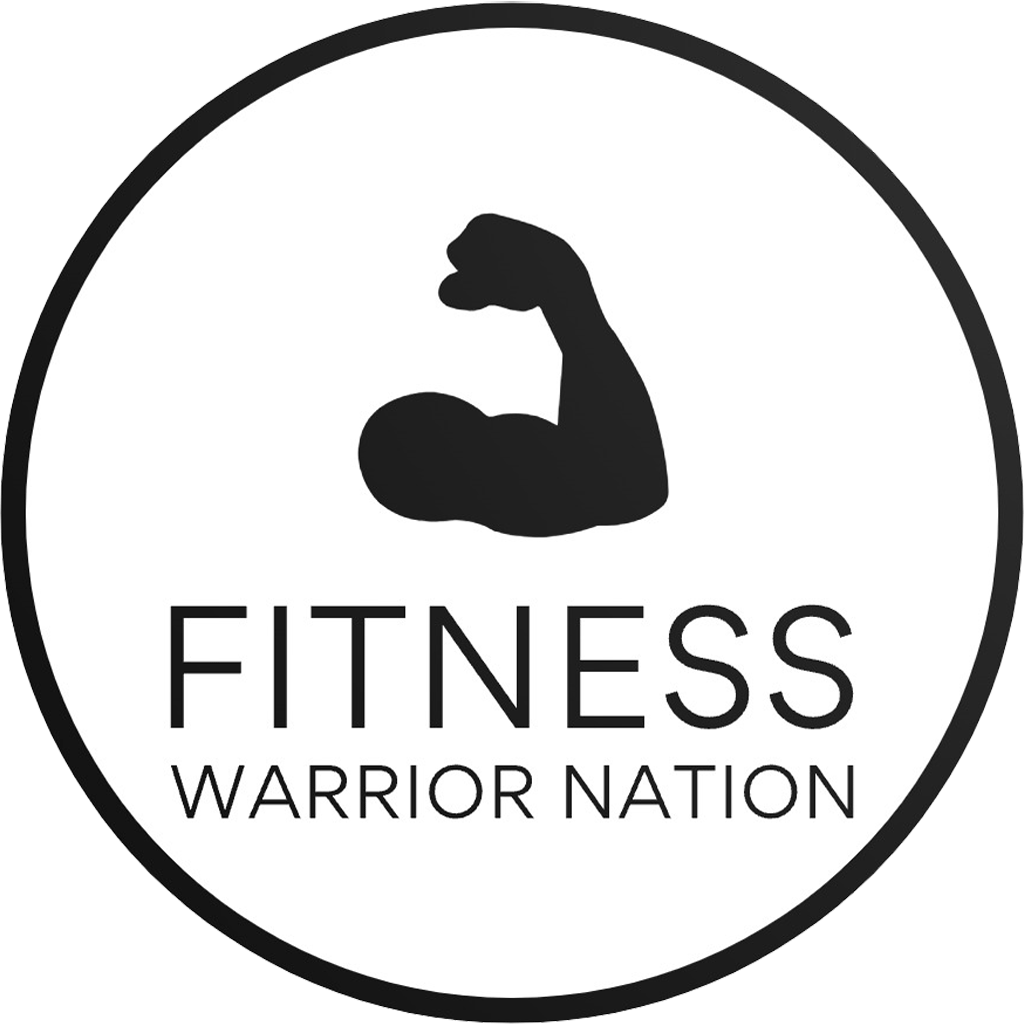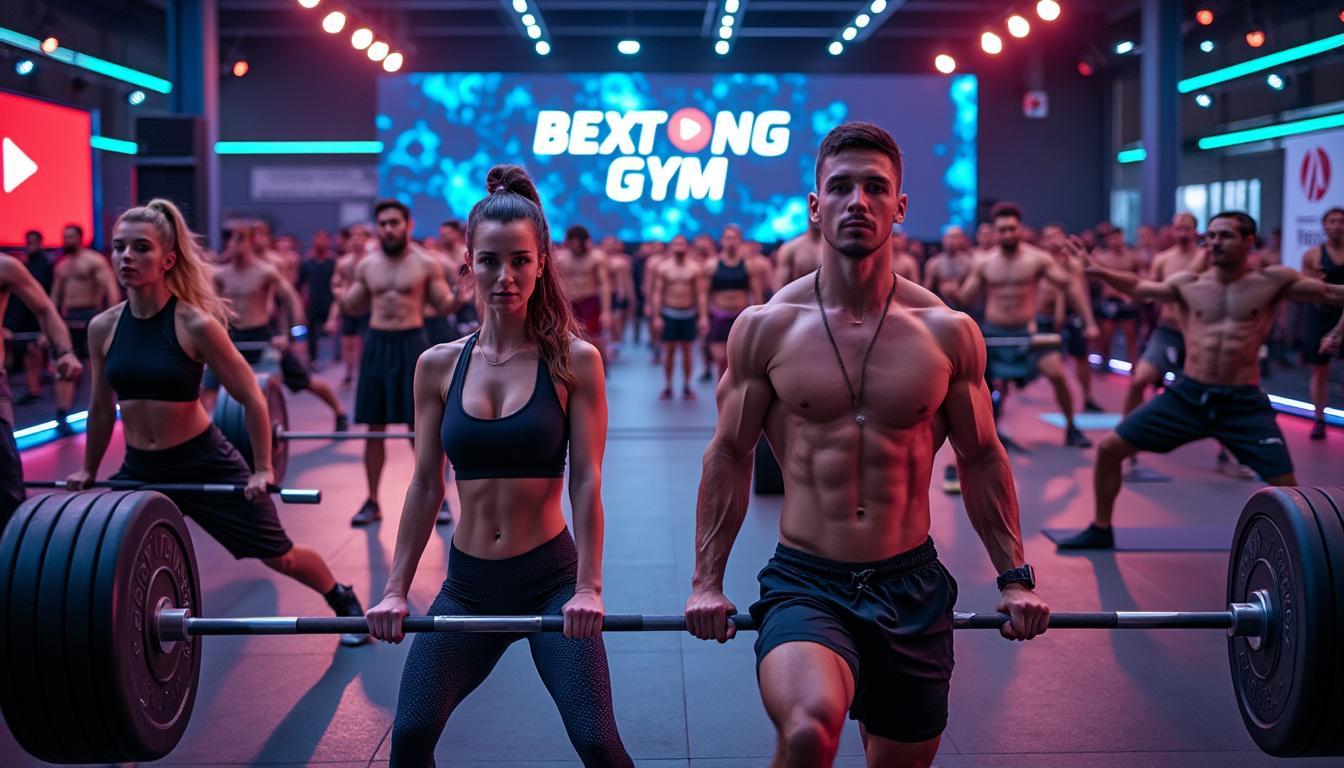The fitness landscape is continuously evolving, and in 2025, a new contender is boldly stepping into the spotlight, captivating a growing audience hungry for fresh challenges beyond the realm of CrossFit. This $140 million fitness extravaganza is reshaping the way enthusiasts approach competition, training, and community engagement. Unlike traditional workouts, it combines dynamic elements of endurance, strength, and speed, inviting participants to test their limits in ways previously unexplored. As the industry giants like Nike, Under Armour, and Peloton continue to innovate, this burgeoning movement is weaving a vibrant tapestry that connects fitness warriors worldwide. From specialized training programs to a global calendar packed with events, this phenomenon is not just a sport but a vibrant culture capturing hearts and gyms alike.
Reinventing Fitness Competitions: The Rise of a $140 Million Sport Beyond CrossFit
Fitness competitions have experienced significant transformations over the last decade, with CrossFit often considered the gold standard for community-driven, high-intensity training challenges. However, in 2025, this new fitness competition has taken the mantle, boasting a staggering $140 million global revenue and expanding its reach to 11 countries worldwide. It’s more than just a workout — it’s a spectacle that merges endurance racing with functional fitness, incorporating running, rowing, sled pushes, and weighted carries. Athletes from all backgrounds, including former professional sports competitors and everyday fitness enthusiasts, are drawn to the diversity and comprehensive nature of this sport.
This shift responds to the modern athlete’s desire to bridge the gap between gym training and real-world physical demands. The blend of aerobic endurance with raw strength not only tests a competitor’s physical limits but also endurance in a competitive setting tailored for all skill levels. It brings an elevated sense of camaraderie, similar to the community ethos found in CrossFit boxes, yet with a unique flair that appeals to a broader demographic. This new fitness movement also boasts partnerships with well-known brands like Rogue Fitness and F45 Training, leveraging their expertise in equipment and training platforms to streamline athlete preparation.
Training for such events involves carefully curated regimens combining classic weightlifting, cardiovascular drills, and functional movement patterns. Athletes are challenged to maintain versatility, much like the comprehensive programs available at Equinox or tonal programming by Peloton, emphasizing mobility, strength, and stamina equally. Moreover, the competition format is accessible globally, which has accelerated its growth exponentially.
- Integration of endurance running and functional fitness tasks
- Global presence in 11 countries and over 650,000 competitors
- Collaborations with established fitness brands like Rogue Fitness and F45 Training
- Presence of scaled competition categories for all fitness levels
- Incorporation of state-of-the-art fitness accessories promoting better performance
| Aspect | Description | Comparison to CrossFit |
|---|---|---|
| Event Style | Integration of endurance races and functional challenges | CrossFit focuses more on short, intense WODs without endurance running |
| Global Reach | Operating in 11 countries with 83 events annually | CrossFit has a wider global presence but fewer competitive race formats |
| Revenue | $140 million annual revenue | CrossFit Competitions vary but typically less centralized |
| Training Experience | Focus on versatility and endurance | CrossFit emphasizes varied but often short-duration high intensity |
Why This New Fitness Extravaganza Gains Popularity Amidst Established Giants
The allure of this expansive fitness event lies partly in its combination of accessibility and intensity. Emerging alternative programs such as OrangeTheory and Beachbody have shown how functional training can draw masses, yet by fusing endurance racing and strength-based tasks, the new competition fulfills a niche that older models didn’t address effectively. Many participants find that it complements their existing routines at SoulCycle or F45 Training studios, adding an exciting competitive element beyond fitness classes.
In addition, sponsoring brands like Nike and Under Armour have amplified visibility through high-quality athletic gear designed specifically for this hybrid competition style. These brands bring credibility and innovation, improving athlete safety and performance with advanced footwear, apparel, and tech-driven accessories. As fitness technology brands such as Hapana enhance training through data-driven insights, competitors maximize their progress efficiently, bridging the gap between casual fitness and elite performance.
- Hybrid nature combining endurance, strength, and speed elements
- Partnerships with global performance brands for athlete support
- Accessible to beginners and elite athletes alike with tiered categories
- Strong community feel akin to CrossFit’s box culture but larger scale
- Ongoing growth evidenced by global event calendar expanding every year
Training Strategies to Master the New $140 Million Fitness Challenge
To excel in this emerging fitness competition, athletes must adapt to its diverse demands. Unlike traditional CrossFit Box WODs (Workouts of the Day), this competition places a heightened emphasis on endurance mixed with strength and functional movement efficiency. Consistent training across multiple disciplines becomes critical for success, and many competitors rely on integrated programming that tackles cardiovascular endurance, strength development, and flexibility.
Programs from established gyms like Equinox provide foundational strength and mobility routines, but athletes also adopt advanced techniques from platforms such as Peloton’s cycling classes or Rogue Fitness’s heavy lifting regimens. This hybrid approach ensures complete conditioning, preventing injury while enhancing stamina.
Below is a breakdown of an effective weekly training template for competitors:
- Monday: Long-distance running or rowing sessions to build aerobic capacity
- Tuesday: Heavy resistance training focusing on compound lifts (deadlifts, squats)
- Wednesday: Functional circuit training integrating sled pushes and carries
- Thursday: Recovery and mobility work, utilizing yoga or Tracy Anderson’s holistic fitness methods
- Friday: Speed and agility drills to improve quickness and power output
- Saturday: Competition-style mock events for endurance and skill application
- Sunday: Rest and active recovery with light swimming or walking
| Day | Training Focus | Purpose |
|---|---|---|
| Monday | Endurance (Running/Rowing) | Increase aerobic base for prolonged effort |
| Tuesday | Strength Training | Build muscular power and resilience |
| Wednesday | Functional Circuits | Enhance movement efficiency and practical strength |
| Thursday | Recovery & Mobility | Prevent injuries and maintain flexibility |
| Friday | Speed & Agility | Boost explosive power and coordination |
| Saturday | Mock Competition | Build race readiness and strategy |
| Sunday | Active Recovery | Promote healing and maintain light activity levels |
Many athletes also combine nutritional plans aligned with Beachbody programs to optimize performance and recovery. Proper hydration, balanced macronutrients, and mindful supplementation often separate podium finishers from the rest. Those interested in enhancing specific zones such as glutes and core frequently reference guides that address building strength for a flat stomach and improved explosiveness.
Essential Gear and Apparel: What to Wear and Use During the Competition
Preparing for this multi-faceted competition requires more than just physical training; the right gear can provide a critical edge. Premium brands like Nike and Under Armour dominate the apparel scene, offering breathable, motion-friendly fabrics engineered for the rigors of simultaneous endurance and strength activities. Footwear designed specifically for these hybrid challenges supports cushioning and lateral movement, reducing injury risk.
Furthermore, Rogue Fitness provides specialized equipment ranging from sleds and kettlebells to weighted vests, ensuring training authenticity and competition readiness. Participants are increasingly using smart fitness accessories to monitor performance metrics in real time—an invaluable tool for adapting training strategically during preparation phases. This kind of data-driven approach aligns with advancements from software platforms like Hapana that many fitness clubs and studios already leverage.
- Lightweight, moisture-wicking apparel for temperature regulation
- High-grip, versatile training shoes from Nike or Under Armour
- Rogue Fitness equipment for strength training and prep
- Wearable fitness trackers to assess heart rate, speed, and recovery
- Hydration packs or belts to manage fluid intake during endurance segments
| Type of Gear | Key Features | Recommended Brand |
|---|---|---|
| Apparel | Breathable, lightweight, flexible | Nike, Under Armour |
| Footwear | Multi-terrain grip, cushioning | Nike ZoomX, Under Armour HOVR |
| Training Equipment | Sleds, kettlebells, weighted vests | Rogue Fitness |
| Wearables | Heart rate, GPS tracking, recovery metrics | Various smart fitness trackers |
| Hydration | Portable, lightweight, easy access | Hydration belts or packs |
The Business Dynamics Driving This Fitness Phenomenon Beyond CrossFit
The $140 million fitness event is not only a physical challenge but also a thriving business ecosystem. It marks an evolution of fitness culture into a commercially viable global sports enterprise. The scalability of events, marketing reach, and partnerships with major fitness brands such as Equinox, SoulCycle, and OrangeTheory underscore a strategic approach to both customer engagement and monetization.
Companies like Peloton have observed this trend closely, adapting content and hardware to meet the demands of the growing market segment that values competitive community events. Meanwhile, merchandise sales including branded apparel and gear contribute substantially to revenue generation. Beyond the physical competitions, digital platforms are emerging as hubs for training programs, community forums, and lifestyle content that sustain participant motivation year-round.
- Massive event calendar spanning multiple continents
- Corporate partnerships boosting brand visibility and athlete services
- Revenue diversification through merchandise, digital memberships, and training programs
- Community-building initiatives enhancing user engagement globally
- Sponsorship collaborations with giants like Nike, Under Armour, and Rogue Fitness
| Business Aspect | Details | Impact on Fitness Industry |
|---|---|---|
| Global Event Hosting | 83 events across 11 countries with 650,000+ athletes | Expanding access to competitive fitness worldwide |
| Brand Partnerships | Collaborations with Nike, Under Armour, Rogue Fitness | Enhances product innovation and athlete experience |
| Digital Platform Growth | Online training and community forums | Promotes continual engagement outside events |
| Merchandise Sales | Branded gear and accessories | Additional revenue stream supporting event expansion |
Future Perspectives: How This Fitness Movement Could Redefine Global Training and Wellness
As this competition continues to grow, there is substantial potential for redefining how people view training and wellness on a global scale. The sport’s inclusivity and its blend of endurance with strength tasks create a new paradigm where fitness is not confined to gyms but becomes a lifestyle. Wellness trends increasingly favor versatility, functional health, and mental resilience—trends that this competition embodies fully.
The integration of innovative accessories and data-driven coaching, inspired by platforms like Hapana, makes personalized training more accessible and more effective. Brands like Beachbody and Peloton are already shifting towards incorporating competitive mindsets inside their training content, providing athletes with more motivation and measurable progress. In parallel, local gym communities, such as those found at the NYC YMCA, serve as grassroots launchpads for newcomers eager to join the movement.
Moreover, the economic impact of these events is substantial. As revealed in recent industry studies, such fitness competitions help local economies by drawing thousands of participants who spend on travel, lodging, and local services, stimulating growth in host cities. This creates a positive feedback loop encouraging cities and organizations to invest further in developing the fitness ecosystem.
- Global expansion fostering inclusivity and diversity
- Increased synergy between physical fitness and mental wellness trends
- Growth of personalized, tech-enhanced training methodologies
- Greater community involvement at local and international levels
- Economic benefits encouraging sustained investment in fitness events
| Future Trend | Potential Impact | Supporting Examples |
|---|---|---|
| Inclusivity | More diverse participant base worldwide | Events in 11 countries expanding access |
| Tech Integration | Better performance monitoring and personalization | Use of Hapana platform and smart wearables |
| Economic Growth | Boost to local businesses and fitness economy | Increased travel and event attendance |
| Community Building | Stronger bonds among fitness enthusiasts | Local gyms like NYC YMCA supporting growth |
Explore more about current fitness and wellness trends shaping the industry today, and how to prepare for these evolving challenges.


